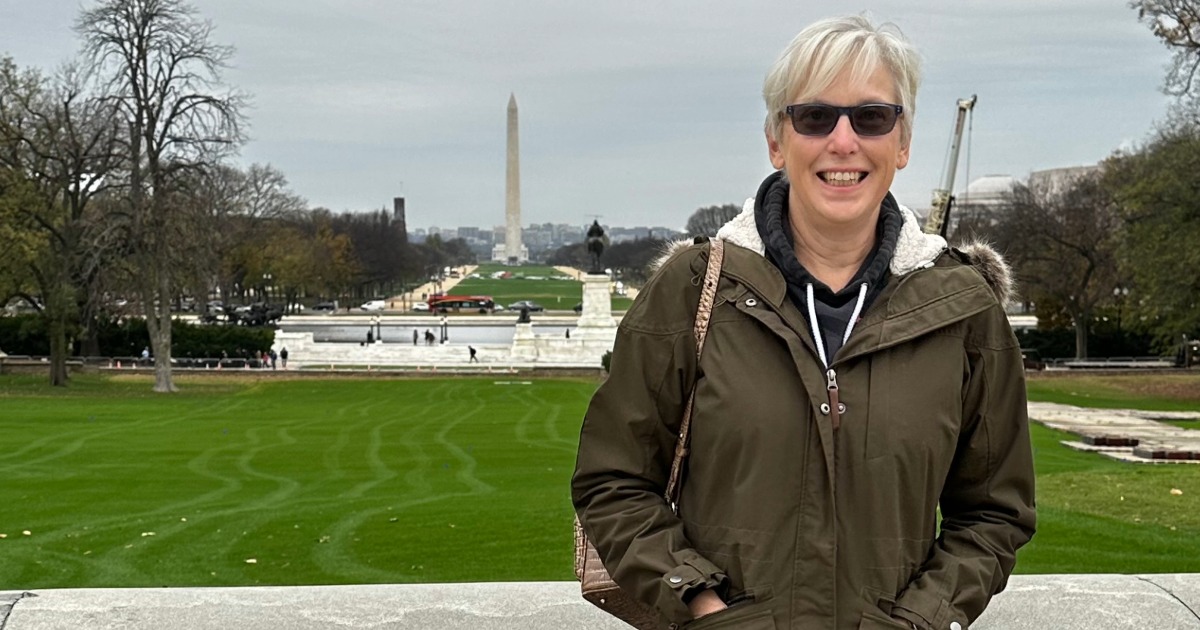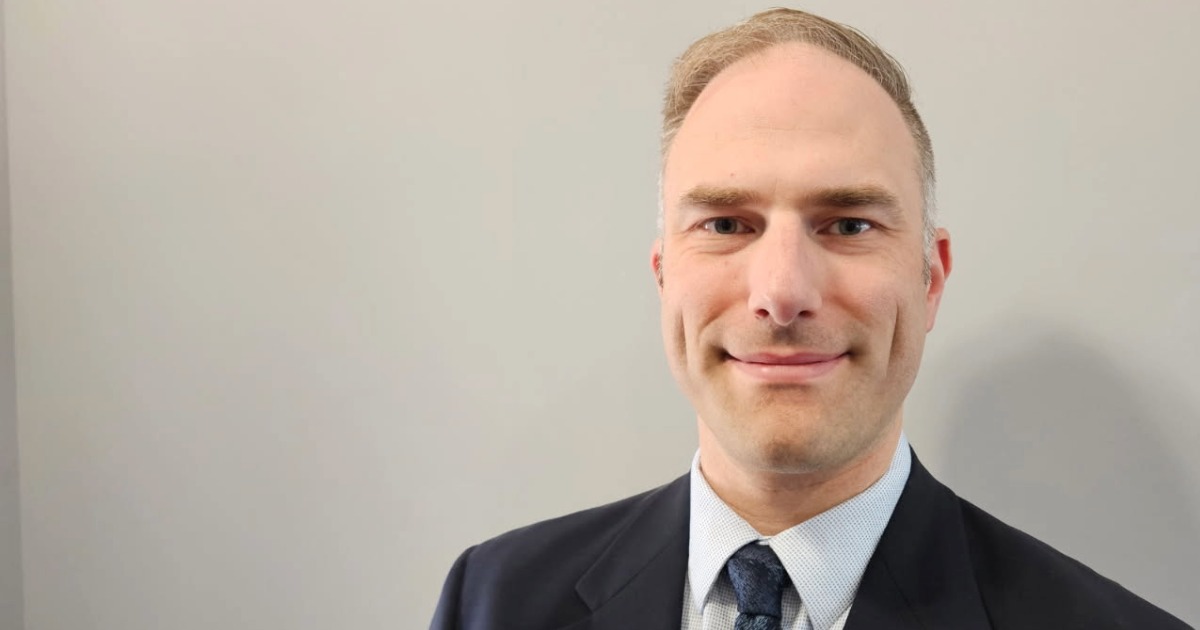
Photo: Karolina Grabowska/Pexels
The Centers for Medicare and Medicaid Services on Monday released a notice of funding opportunity for the Rural Health Transformation Program, the new $50 billion congressional appropriation to help under-resourced healthcare providers.
The program aims to boost rural care delivery by providing states with funding for projects that could make providers more financially stable, build stronger rural healthcare and IT workforces, encourage innovation and use technology to improve care delivery.
Groups advising state applicants say that with early planning, they can use funds to maintain operations for hospitals struggling under federal funding losses.
WHY IT MATTERS
State governments are eligible to apply for projects and programs that support rural communities' healthcare access, quality and outcomes with a heavy emphasis on transforming the healthcare delivery ecosystem through the notice of funding opportunity (NOFO).
"This program is a historic investment that will catalyze needed change in rural health systems and improve lives for generations to come," said CMS Administrator Dr. Mehmet Oz in announcing the grant. "For too long, when it comes to healthcare access and infrastructure, we've left behind the backbone of America. That stops now with this program that will spark real change for rural healthcare."
The $50 billion funding program, earmarked in the Working Families Tax Cuts Act, as part of the Big Beautiful Bill, focuses on four key areas:
- Making rural healthcare providers more stable and efficient so they can be reliable, long-term and sustainable points for care.
- Building a more robust healthcare workforce in rural areas by attracting and keeping skilled professionals and adding resources like community health workers and pharmacists based on community needs.
- Encouraging innovation to improve patient outcomes and better coordinate care, which may involve creating new payment systems that may lower costs and improve quality and affordability.
- Using technology to improve healthcare delivery by promoting the use of digital health and remote care tools and enhancing secure data sharing through cybersecurity upgrades and new technologies.
"Counties should prepare now by coordinating with state health officials; identifying local health system needs; and exploring opportunities to support workforce, technology and innovative care initiatives when funds are distributed," the National Association of Counties (NACo) said in a summary of the funding program on its website.
"Early engagement and planning can help ensure that county priorities – such as maintaining hospital operations, expanding behavioral health services, upgrading technology and workforce recruitment – are included in funding proposals."
According to NACo, Rural Health Transformation Program funds must be used for at least three of the approved uses listed, but support a wide range of initiatives beyond workforce development and technology enhancements, including chronic disease management, innovative care models, and expanded access to mental health and substance use disorder treatment.
"The RHTP offers counties an important opportunity to strengthen local healthcare systems, particularly in areas where hospitals face financial strain or workforce shortages," NACo said.
"As states and CMS will have broad discretion over how funds are allocated and what qualifies as 'rural,' counties will need to be proactive in shaping state transformation plans."
The emphasis on consumer-facing, tech-driven projects may include training and technical assistance for adopting advanced technologies like artificial intelligence, robotics and remote patient monitoring, the organization said.
In addition to initiatives that seek to retain clinical talent with five-year rural service commitments, funding requests can also seek to recruit IT talent.
Once awarded, funding will be distributed under cooperative agreements between CMS and the states. Half of the total funding will be distributed equally across approved states, while the other half is to be allocated by CMS based on rural population size, health facility needs and other factors, NACo said.
The current closing date for applications is Nov. 5, and awards are scheduled to be decided upon by Dec. 31.
THE LARGER TREND
The Working Families Tax Cuts Act is part of the 2025 One Big Beautiful Bill Act, passed by the slimmest of margins this past July, with Vice President JD Vance casting a tie-breaking vote.
The law's sweeping Medicaid changes were debated by lawmakers for months, as they could cause more than 7 million people to lose their health insurance, vastly increase uncompensated care – and potentially cause hundreds of small and rural hospitals to close their doors.
Provider groups said the threatened cuts would jeopardize the financial stability of those hospitals already struggling to provide care.
"The magnitude of the proposals contained in the Energy and Commerce reconciliation text represents a devastating blow to the health and wellbeing of our nation's most vulnerable citizens and communities," Rick Pollack, the American Hospital Association president and CEO, said before the bill passed in May. "There is no avoiding the real-life consequences they will create for hospitals serving our most vulnerable and hard-working families."
Two months later, the Senate agreed to increase funding for the Rural Health Transformation Education Program from $25 billion to $50 billion over five years.
ON THE RECORD
"Through this program, we are looking forward to seeing how states – in direct collaboration with their rural communities – will utilize this funding to continue providing care to patients who need it most," Rep. Brett Guthrie, R-Ky., chairman of the House Energy and Commerce Committee, said in a statement.
Andrea Fox is senior editor of Healthcare IT News.
Email: afox@himss.org
Healthcare IT News is a HIMSS Media publication.


